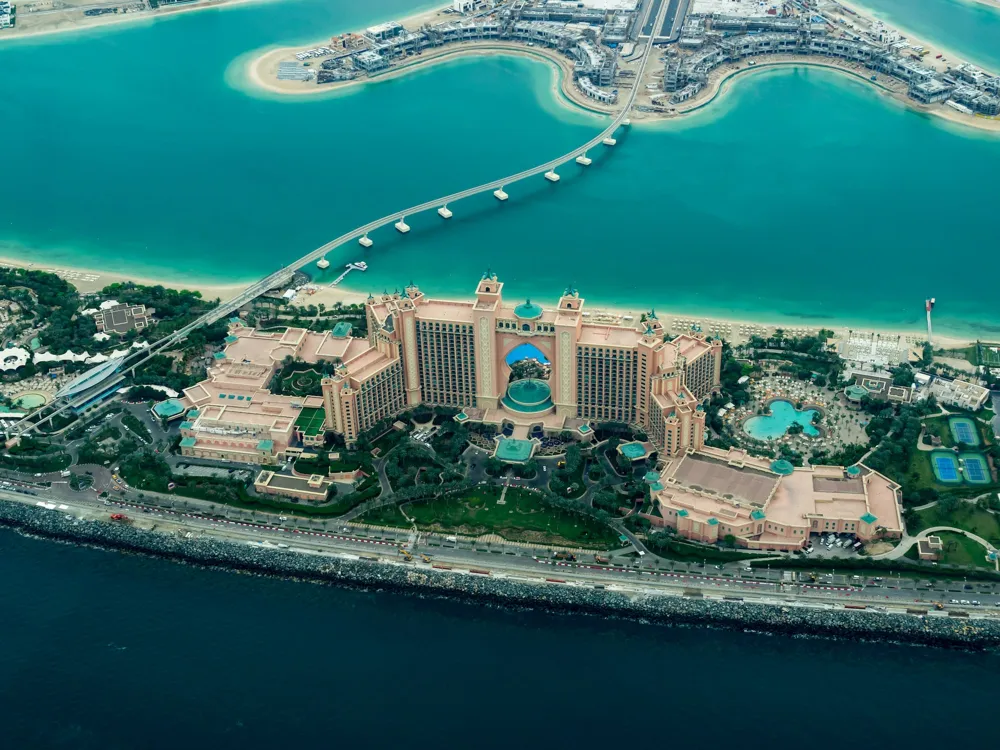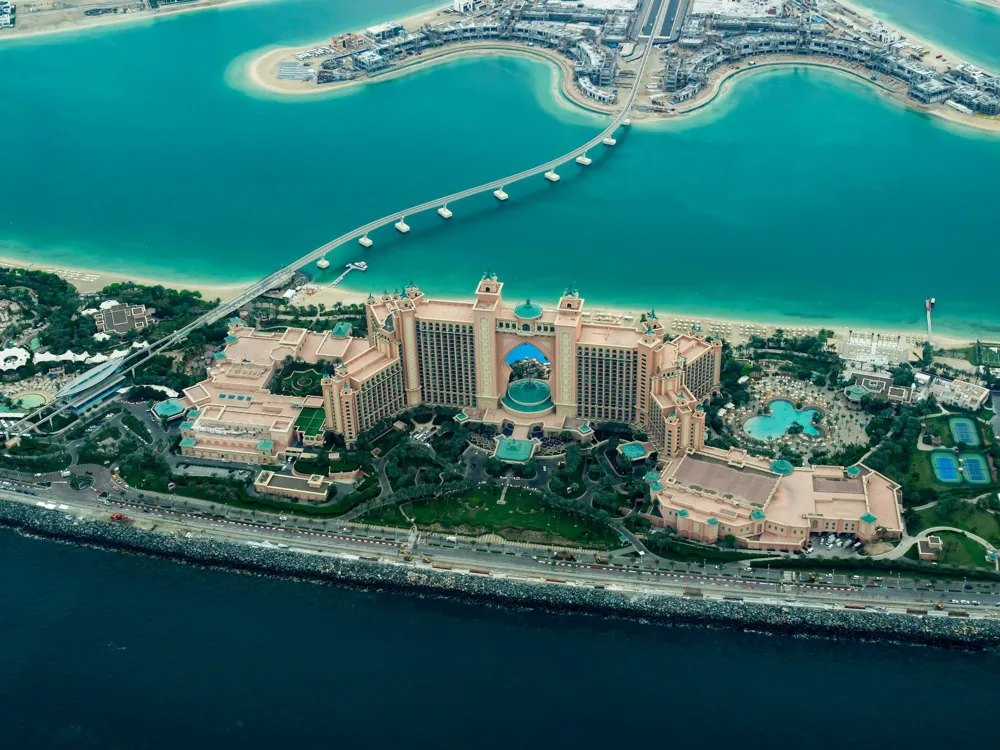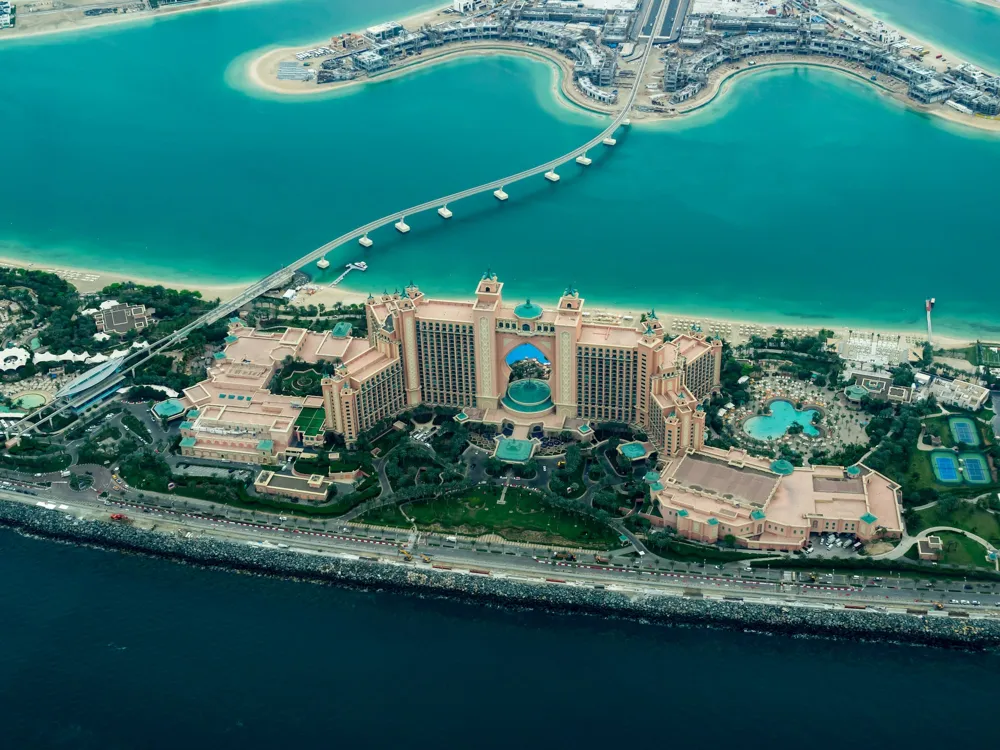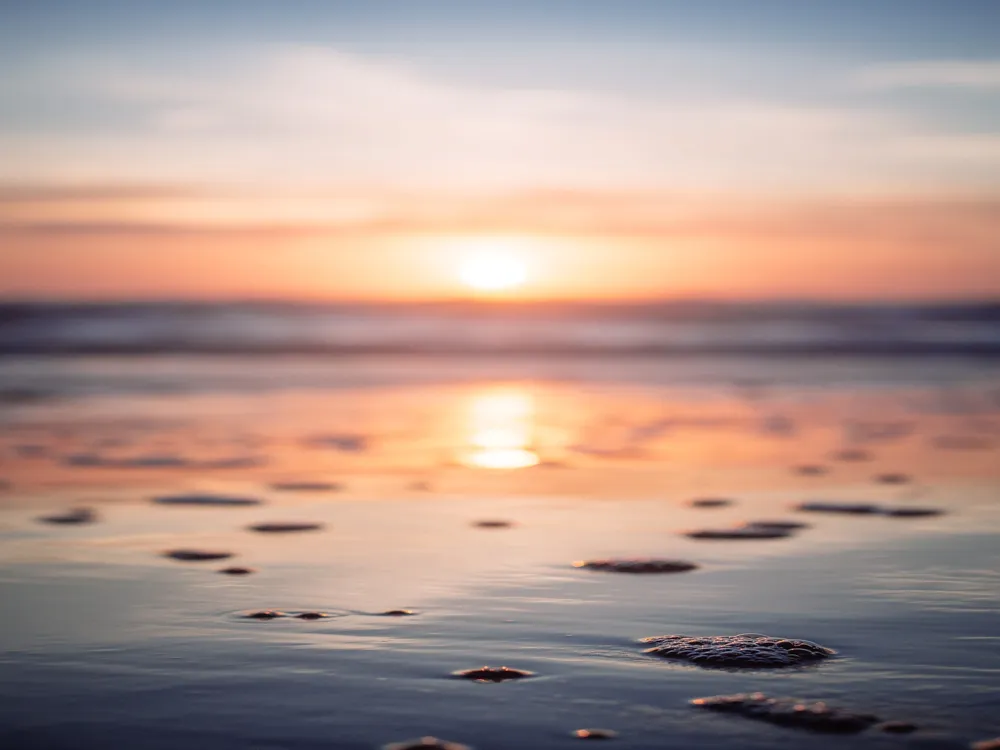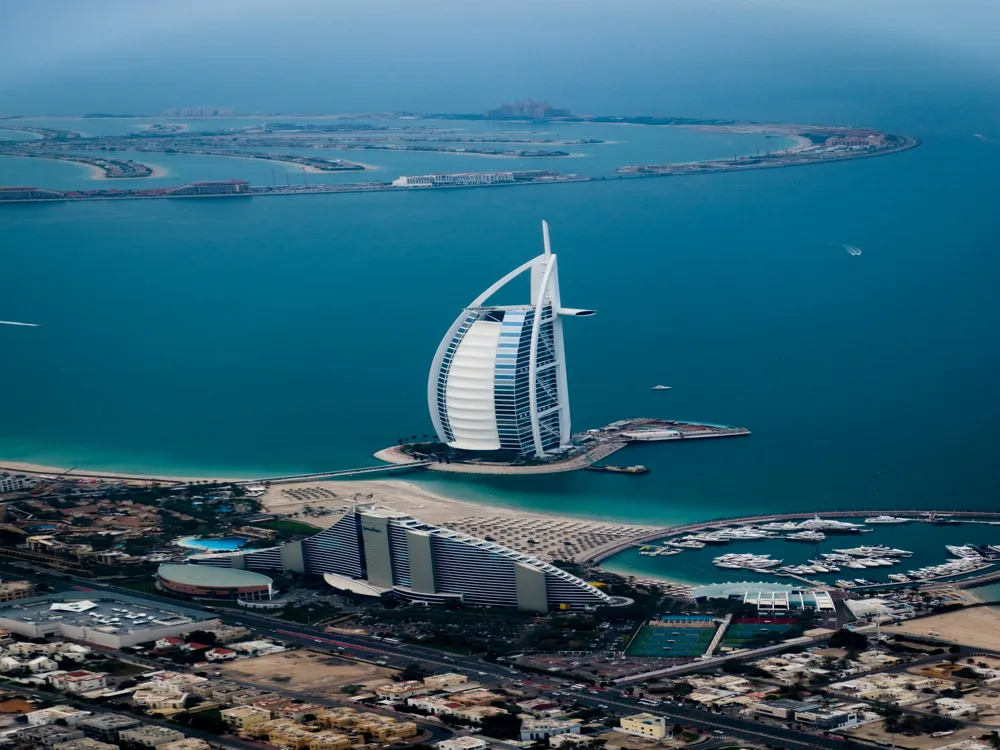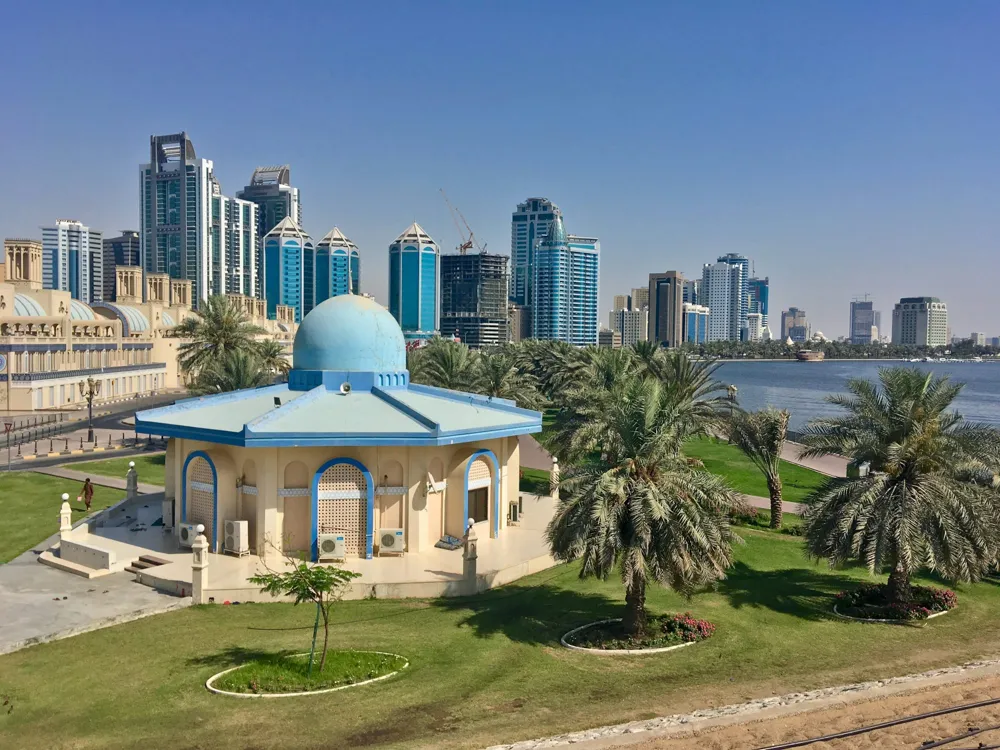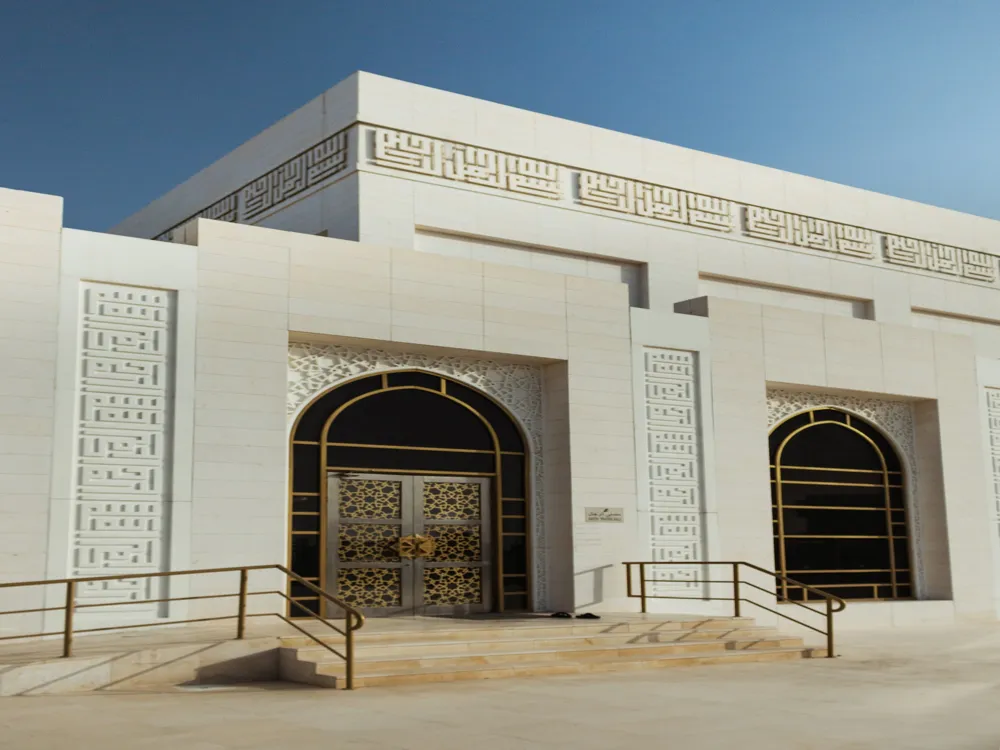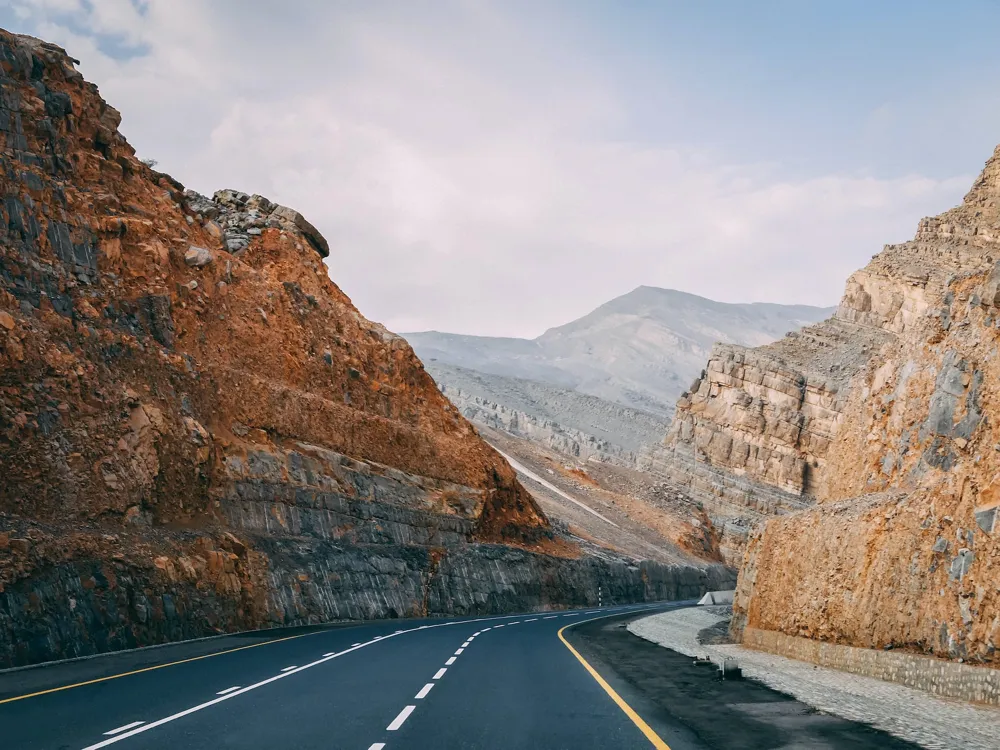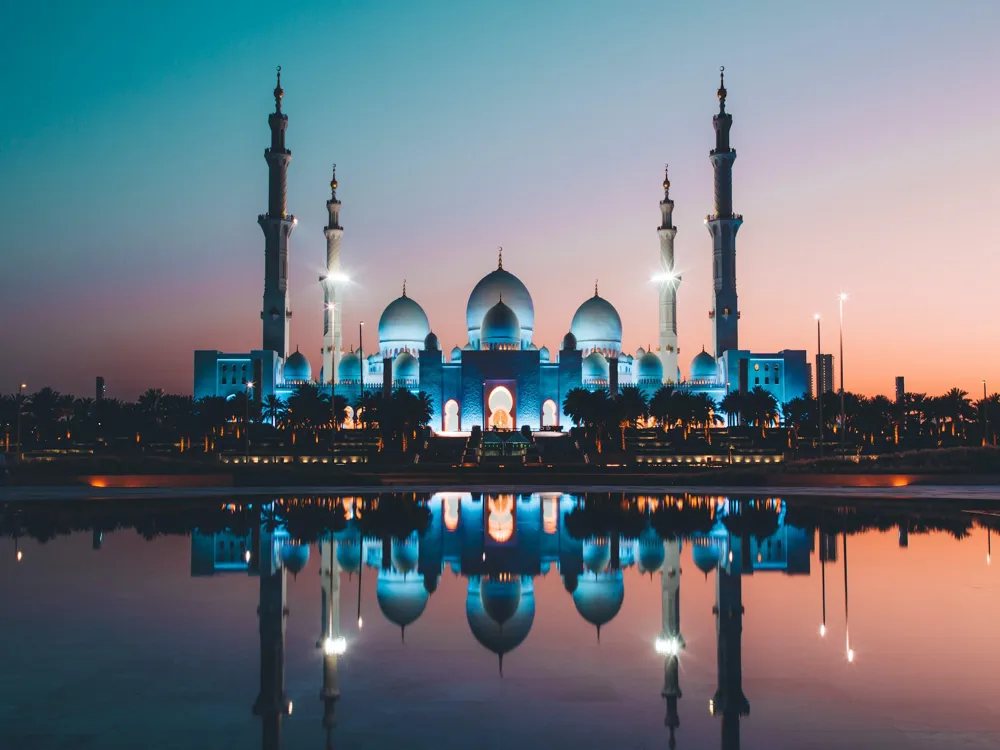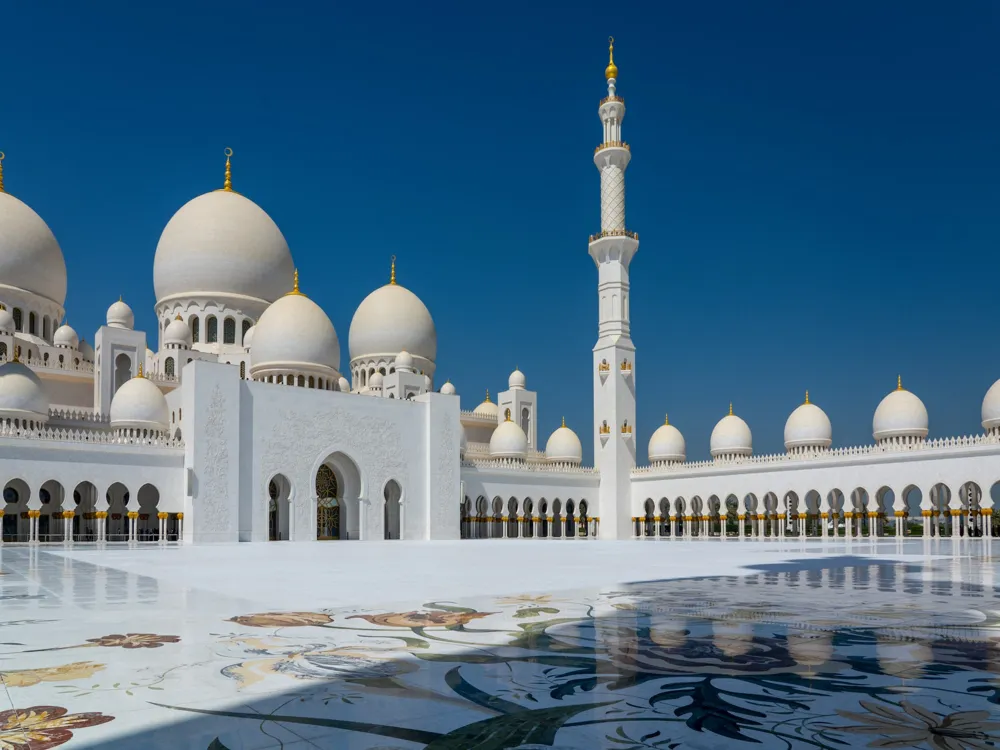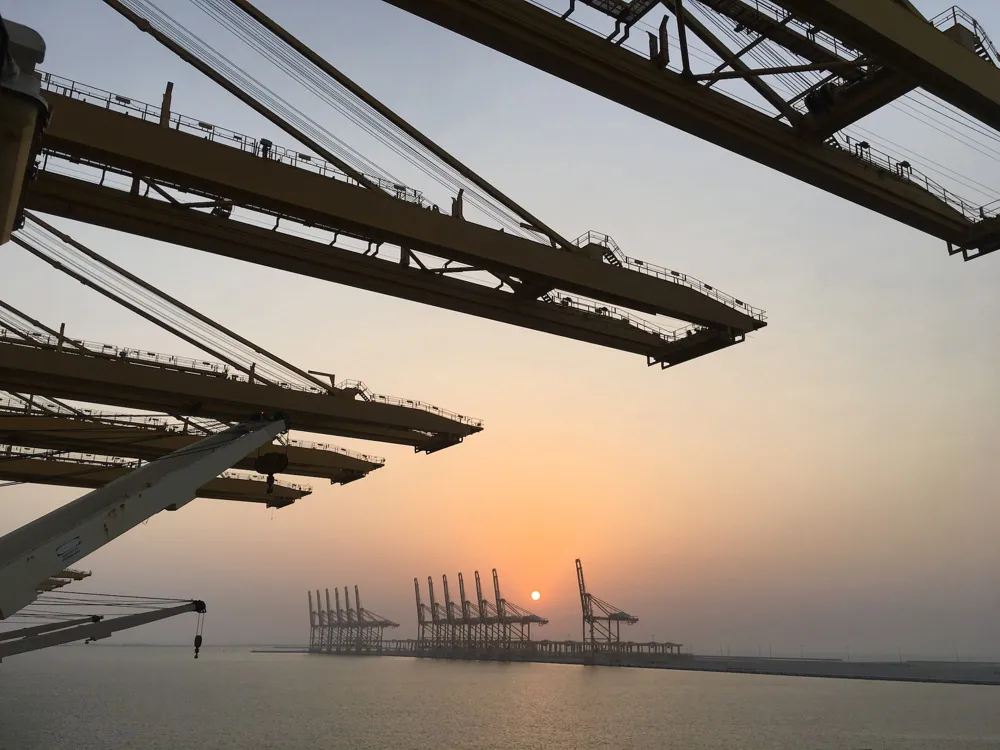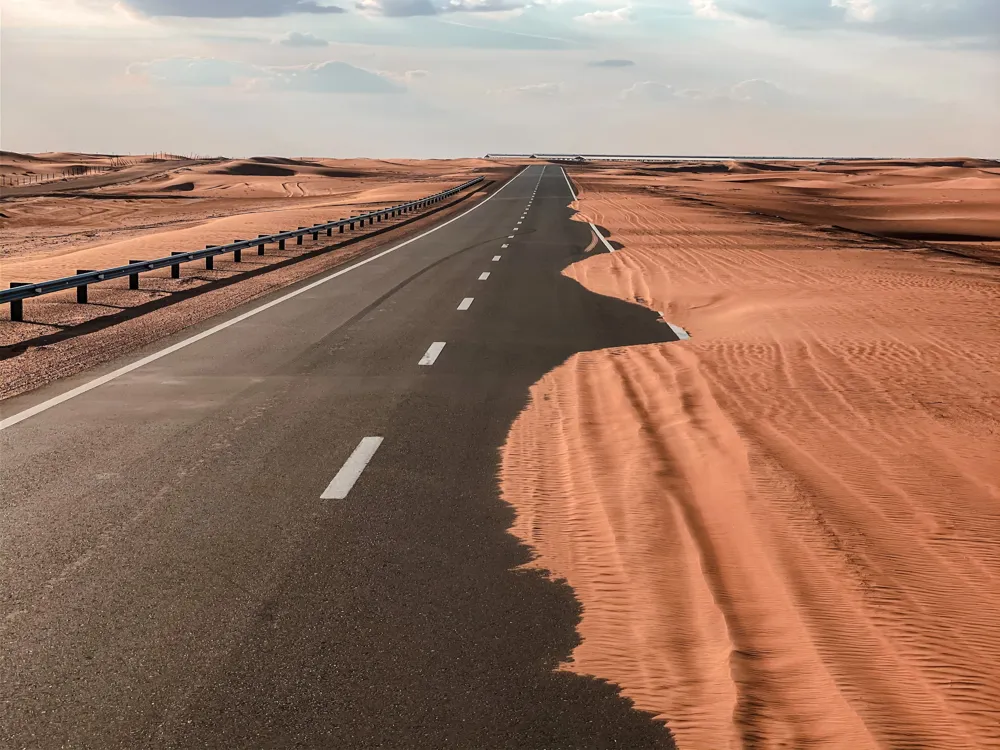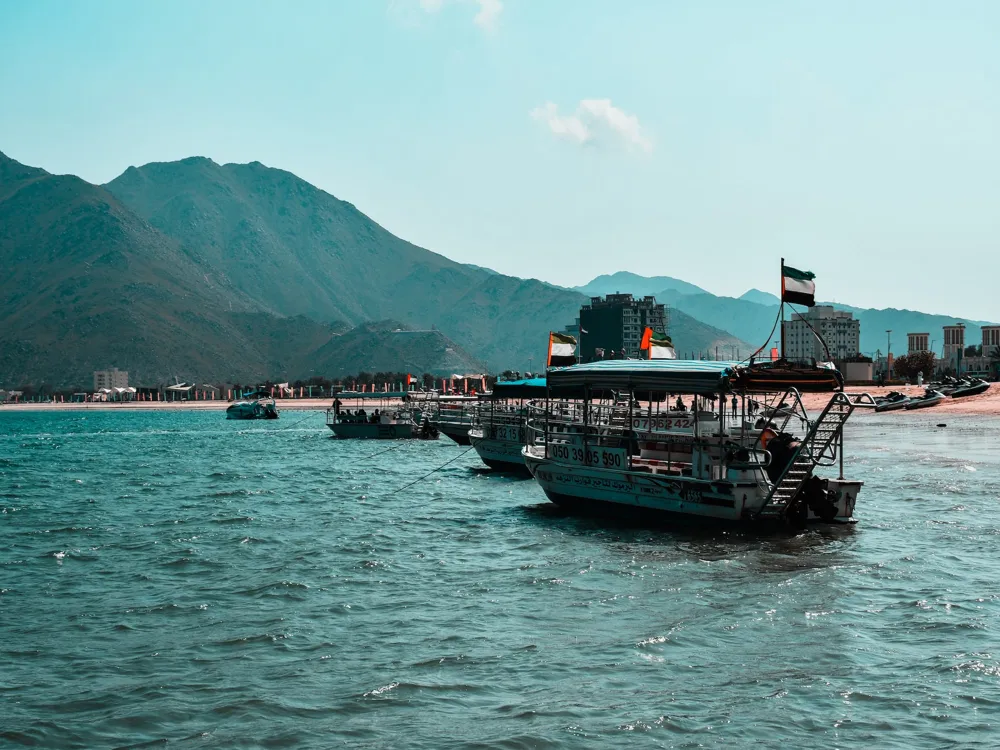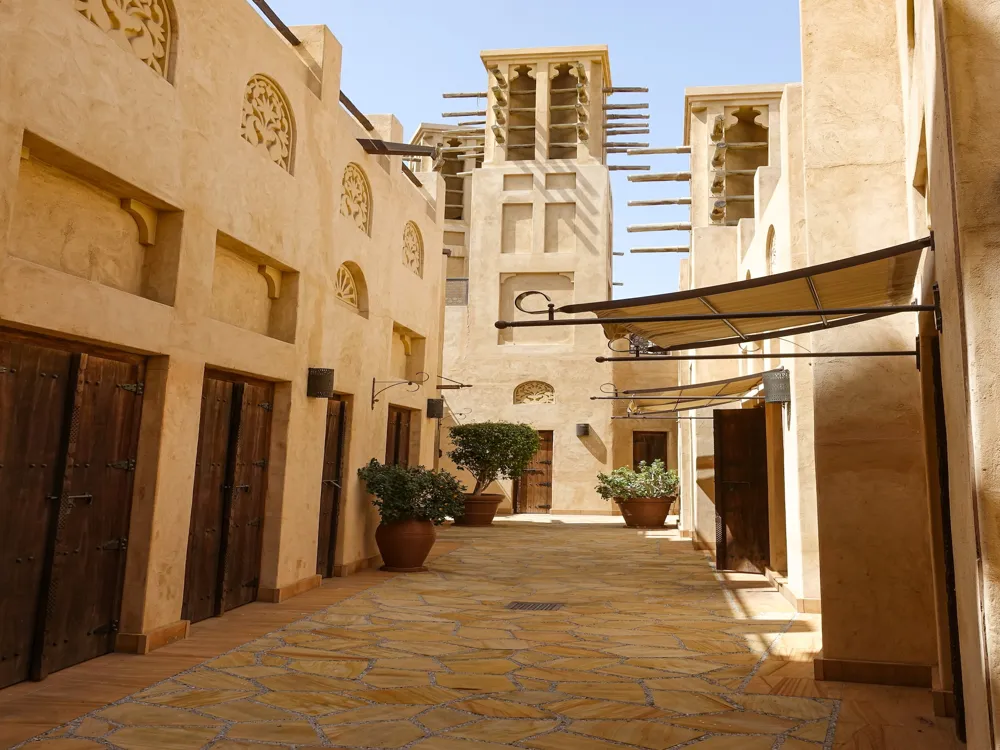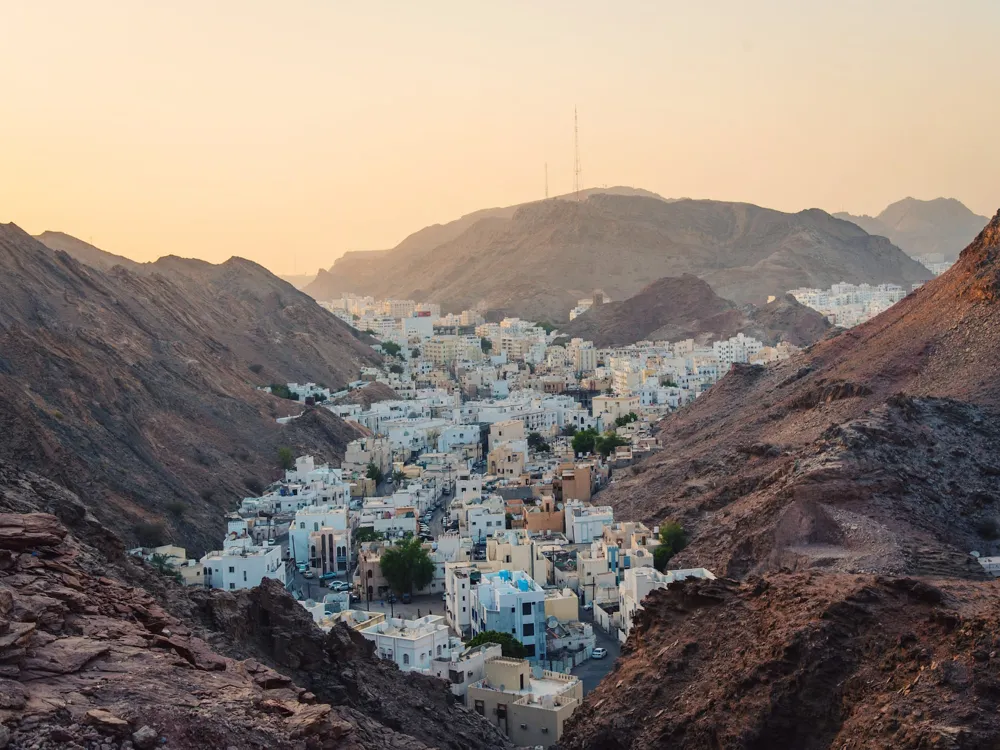Nestled amidst the majestic Hajar Mountains, Hatta Heritage Village stands as a testament to Dubai's rich cultural and historical legacy. This traditional village, meticulously restored to its former glory, offers a glimpse into the Emirati way of life before the advent of modernity. Hatta, once a critical defense point due to its strategic location, has now transformed into a cultural hub, attracting tourists from around the globe who seek to immerse themselves in the authentic heritage of the United Arab Emirates. As you stroll through the village, you're transported back in time. The architecture, consisting of traditional mud houses, palm-leaf buildings (known as 'Barasti'), and stone structures, narrates stories of a bygone era. These houses, equipped with original household items and tools, give insights into the daily lives of the Emirati ancestors. The village also boasts a 16th-century fort and two watchtowers, signifying the historical importance of the area in local defense and community life. Hatta Heritage Village is not just about static exhibits; it's a living museum. Regular cultural events, folk dances, and handicraft demonstrations breathe life into this historical setting, providing an interactive experience for visitors. The village also hosts seasonal activities, aligning with local festivals and holidays, further enriching the cultural exposure for those who visit. [Continue this section to reach approximately 1500 words, focusing on the history, cultural significance, and transformation of Hatta Heritage Village over the years.] The architecture of Hatta Heritage Village is a vivid representation of the ingenuity and adaptability of the early inhabitants of the region. The structures within the village are primarily made from materials locally sourced, such as mud, palm wood, reeds, and stone, showcasing the resourcefulness of the Emirati ancestors in an arid landscape. The mud houses, which form the core of the village, are particularly fascinating. Made from a mixture of mud and palm fronds, these houses were designed to keep the interiors cool during the scorching summer months. The walls, thick and insulated, provided a natural form of air conditioning, a testament to the environmental awareness and architectural intelligence of the past. Each house typically consists of a courtyard, a majlis (sitting room), bedrooms, and a kitchen, reflecting the social and familial structure of the time. The Barasti structures, made from palm leaves, are another architectural marvel. These were used as temporary shelters and storage spaces, showcasing the versatility of palm leaves as a building material. The stone houses, built using locally available stones, were primarily located near the mountain areas and were used by the villagers during summer due to their cooler interiors. The defensive architecture, including the fort and watchtowers, highlights the strategic importance of Hatta. These structures were not only functional in terms of defense but also served as symbols of authority and power. [Continue this section to reach approximately 1500 words, detailing the architectural styles, construction techniques, and the evolution of building designs in Hatta Heritage Village.] - Best Time to Visit: The ideal time to visit Hatta Heritage Village is between October and April when the weather is pleasant. - Duration of Visit: Allocate at least 2-3 hours to fully explore the village. - Dress Code: Dress modestly out of respect for the local culture. - Photography: Ask for permission before taking photos of local people. - Accessibility: The village is well-equipped with facilities for differently-abled visitors. - Amenities: There are rest areas, souvenir shops, and refreshment stalls within the village. Hatta Heritage Village is located approximately 130 kilometers southeast of Dubai City. It can be easily reached by various modes of transportation: - By Car: The most convenient way to reach Hatta Heritage Village is by car. It takes about an hour and a half from Dubai City. - Public Transport: Buses are available from various points in Dubai, but the journey is considerably longer. - Tour Packages: Many tour operators in Dubai offer day trips to Hatta, which include transportation and a guided tour of the village. Read MoreOverview of Hatta Heritage Village in Dubai
Architecture of Hatta Heritage Village
Tips When Visiting Hatta Heritage Village
Planning Your Visit
Cultural Etiquette
Facilities and Accessibility
How To Reach Hatta Heritage Village
Hatta Heritage Village
Dubai
₹ 17,999 onwards
View dubai Packages
Weather :
Tags : Village
Timings : Saturday - Thursday: 7:30 AM - 8:30 PM Friday: 2:30 PM - 8:30 PM
Time Required : 1-2 hours, 1.5-hour drive from Dubai
Entry Fee : Free
Planning a Trip? Ask Your Question
Dubai Travel Packages
View All Packages For Dubai
Top Hotel Collections for Dubai

Private Pool

Luxury Hotels

5-Star Hotels

Pet Friendly
Top Hotels Near Dubai
Other Top Ranking Places In Dubai
View All Places To Visit In dubai
View dubai Packages
Weather :
Tags : Village
Timings : Saturday - Thursday: 7:30 AM - 8:30 PM Friday: 2:30 PM - 8:30 PM
Time Required : 1-2 hours, 1.5-hour drive from Dubai
Entry Fee : Free
Planning a Trip? Ask Your Question
Dubai Travel Packages
View All Packages For Dubai
Top Hotel Collections for Dubai

Private Pool

Luxury Hotels

5-Star Hotels

Pet Friendly







